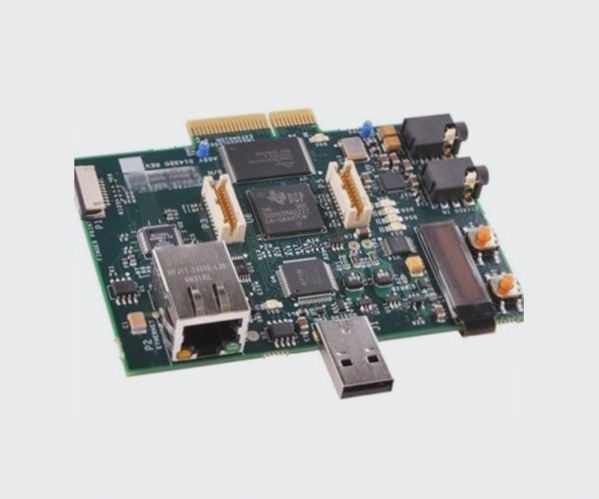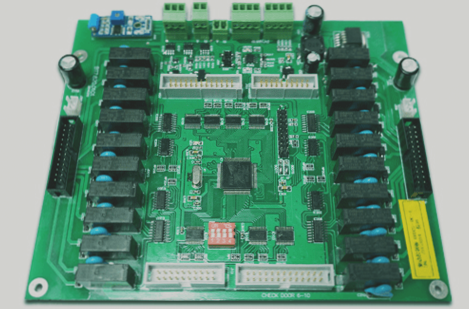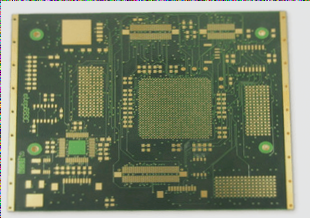Rigid-Flex PCBs: Key Applications Across Industries
Rigid-flex PCBs combine the benefits of rigid and flexible circuit boards, offering enhanced reliability, space-saving advantages, and improved performance. These innovative circuit boards find applications across various industries due to their unique design capabilities.
1. Consumer Electronics
Rigid-flex PCBs are widely used in consumer electronics like smartphones, tablets, and smartwatches. These boards enable intricate designs that optimize space, reduce connectors and solder joints, and provide unique form factors to meet consumer demands for both functionality and aesthetics.
2. Medical Devices
In the medical field, rigid-flex PCBs are crucial for portable diagnostic tools, monitoring equipment, and surgical instruments. They offer high reliability and miniaturization, allowing for efficient and portable medical devices that track vital signs and provide advanced imaging capabilities.
3. Aerospace and Defense
Rigid-flex PCBs play a vital role in aerospace and defense applications, providing high reliability and performance under extreme conditions. They are used in avionics, communication devices, and navigation equipment, offering compact, lightweight, and durable solutions for harsh environments.
4. Automotive Industry
Rigid-flex PCBs are increasingly utilized in the automotive sector for ADAS, in-vehicle infotainment, and EV technologies. These boards withstand automotive conditions and integrate multiple functions into a space-efficient design, enhancing performance and fuel efficiency.
Conclusion
Rigid-flex PCBs revolutionize industries by combining the advantages of rigid and flexible boards, offering compact design, enhanced durability, and efficient integration of multiple functionalities. As technology advances, the demand for rigid-flex PCBs is expected to rise, providing innovative solutions for reliable and compact electronic devices.
The aerospace industry demands high levels of reliability and performance, making rigid-flex PCBs valuable for avionics, communication devices, and flight control systems. These boards reduce failure points and withstand harsh environmental conditions, producing lighter and more reliable systems that meet regulatory standards.
In the automotive sector, rigid-flex PCBs are used in dashboard displays, navigation systems, and sensor technologies. They enable compact layouts, enhance durability, and withstand challenging automotive conditions, contributing to improved performance and reliability.
Rigid-flex PCBs: Enhancing Electronics in Various Industries
- Rigid-flex PCBs are crucial in aerospace and automotive industries, offering lightweight solutions with high reliability for avionics, flight control systems, and advanced electronic systems in vehicles.
- In industrial settings, these PCBs play a vital role in control systems and robotics, providing efficient operation in tight spaces and reliable electrical performance, enhancing manufacturing processes’ efficiency.
- The demand for smart home technology has increased the need for compact, high-performance circuit boards like rigid-flex PCBs, ideal for smart locks, security cameras, and home automation controllers.
Key Points:
- Rigid-flex PCBs are versatile across industries, combining rigid and flexible PCB technologies for various applications.
- They offer unique advantages in consumer electronics, medical devices, aerospace, automotive, industrial equipment, and smart home technologies.
- As technology advances, the demand for innovative solutions like rigid-flex PCBs is expected to rise, driving more efficient and integrated designs.
- These PCBs meet complex challenges in modern electronics, playing a crucial role in shaping next-generation technologies.
Summary:
Rigid-flex PCBs are essential components in modern electronics, providing versatility and performance enhancements across industries. As technology evolves, these PCBs will drive innovation in design and functionality, offering space savings, reliability, and improved performance for future electronic systems.




